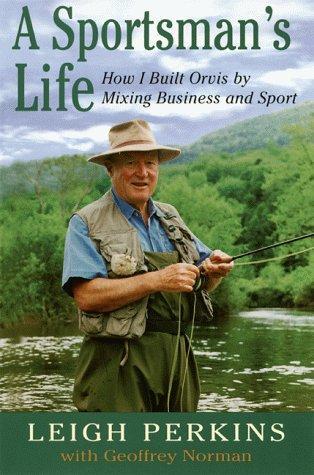Book: A Sportsman's Life
More memoir than business guide, A Sportsman’s Life (Lyons Press, 2002) traces the ups and downs of retired CEO Leigh Perkins during his reign at Orvis. Perkins bought the tiny company in 1965 for $400,000; by the time he retired in 1992, Orvis was legendary and generating $95 million in revenue.
The story of Perkins’s impact on fly-rod evolution is intriguing, and his legal battle surrounding the import of Chinese bamboo is entertaining. Perkins also espouses a refreshing belief that capitalism and environmentalism can work in tandem (“Unlike a lot of sportsmen, I didn’t resent it when new people came along and got interested in hunting or fishing. I didn’t see novices crowding the streams; I saw, instead, new customers who were learning the sport and would soon be pushing for better fish and wildlife conservation, which meant better fishing and hunting for the future.”). This is all well and good until he somewhat contradicts the notion by describing how he discouraged his son from becoming an environmental lawyer—”just another flag waver and mouthpiece,” according to Perkins.
Throughout the book, Perkins is careful to note the influence women had on him and Orvis: Perkins learned to hunt and fish from his mother, and Charles Orvis’s daughter Mary was nationally acclaimed for creating over 400 fly patterns—which makes it ironic that women were unwelcome in Perkins’ boardroom. Perkins states, “Interestingly, I get a lot of women volunteers [to join the Orvis board], but what I tell them is that I already have an overload of advice from women friends for free.” Regardless, Perkins comes across as a genuine guy in A Sportsman's Life and he's clearly proud of his success and role in the growth of fly-fishing.










